|
Found often in disturbed, waste areas, open prairies, and old fields. Sweet clover is another relic from farms past. Used for its qualities to fix nitrogen in the soil and as a pasture food for grazers.
The yellow variety (Melilotus officinalis) behaves in much the same manner but has an earlier bloom time and the seeds differ slightly. Both of these have been introduced from Eurasia and have become weedy and invasive in many areas. Seeds can remain dormant for many decades waiting for soil to be disturbed. Leaves and flowers are lightly fragrant.
0 Comments
One of the few native summer wildflowers that can be found in the forest after the trees have filled out. Hanging low, enjoying dappled light, these small flowers grow into the tiny little round brown fuzzy seed pods that get all over your dog and/or pants that you must pick off one by one.
"This is a highly variable genus and many species occur in North America, of which some are native and some are introduced from Europe. YELLOW HAWKWEED, ORANGE HAWKWEED and MOUSEEAR HAWKWEED are introduced species. Since their introduction, these hawkweeds have spread throughout the eastern half of the U.S. They have become especially troublesome in the northcentral U.S. They generally occur in undisturbed locations, such as lawns, fields, pastures and roadsides. YELLOW and ORANGE HAWKWEED are abundant in the eastern half of Ohio, while MOUSE-EAR HAWKWEED occurs sparsely in the northeastern corner of the state. Hawkweeds mainly grow in shallow, sandy or gravelly soils and prefer slightly acidic conditions.
The common name 'hawkweed' and the Latin name Hieracium (hierax means 'hawk') originated from a folk tale that hawks ate different parts of the plant to improve their eyesight. As a result, hawkweeds have also been called hawkbits and speerhawks.
Blue Vervain, a candelabra in the meadow.
This native perennial wildflower can grow in disturbed sites and is often found in meadows, thickets, and pastures, as well as riversides, marshes, ditches, and river-bottom prairies. It prefers moist conditions and full to partial sun. It has been used regularly as a medicinal plant helping to soothe depression, fight insomnia, treat fevers, coughs, cramps, and headaches. Externally it's used for acne, ulcers, and cuts. Supplements can be found at health food stores. (Warning: Blue vervain can interfere with blood pressure medication and hormone therapy. Large doses will induce vomiting and diarrhea. ) Blue Vervain is also very important to wildlife: to butterflies as it's the larval host plant to the common Buckeye butterfly, birds will eat the seeds of the plant, a wide variety of bees enjoy the flowers in the summer. Growing along roadsides and waste areas, Chicory adds a bright blue pop to the vacant green areas. Yes, it's another one of those non-native invasive plants (they do so well growing in the worst of places). And with most of these plants, it comes with a laundry list of things it can be used for.
The leaves and roots are edible, the flower is edible too but is claimed to be quite bitter. Leaves should be blanched before consumed. The roots, now this is where it gets interesting, you've probably consumed Chicory already without knowing it! Chicory has been used as far back as 1000 years ago in Ancient Egypt as a medicine for everything from gout to stomachache to cancer. It was brought into the spotlight once again in the 1800s when a Napoleon ruled France could not get coffee imports, so the chicory root, dried and roasted made for an excellent coffee substitute and to extend the remaining coffee - flavor wise that is, it contains no caffeine. It was then brought to Louisiana and is still used in some cafes. Today is is still used as a caffeine free substitute for coffee as well as flavoring in beers to give a 'hearty earthy' taste. Folklore surrounds this plant supposing it has magical qualities, including that of invisibility. It has been said that the chicory could be used to open a locked chest, but only on St. James's Day - July 25th (yep that's today!). This method involved holding a gold knife and chicory leaves against the lock, but only in total silence - pain or death would follow if a word was spoken. Early American settlers would carry a piece of chicory for good luck. A non-native invasive species, brought from Europe possibly for use in making textiles - using the dried flower head to tease wool.
It can be found in fields, ditches, along railroad tracks, and other waste areas preferring moist soils. One flower head of a teasel can release around 3300 seeds - just one! Another in the pea family - the bird's-foot trefoil can also be found along roadsides to control wind and water erosion as well as in fields as green chop, hay, and pasture. A great food for the Canada goose, deer, and elk. Pheasants and other birds use this as cover.
Introduced from Europe, this plant has naturalized across the US. Found in bright sunny open areas, in everything from clay to loamy soil - especially waste areas (roadsides) Crown Vetch is a newbie to our area being introduced in the 1950s as a ground cover used to prevent soil erosion. It can now be found in 47 of the lower 48 states (somehow North Dakota missed this trend). Its beautiful pinkish purple flowerheads growing along the trailing stems, lined with 6inch pinnules dotted with small leaflets makes it very apparent that this is of the pea family. Fruiting pods are not edible.
The plant itself, when in bloom, is often browsed by cattle and deer and makes for a good hay (although it takes much longer to dry than traditional hay). Yarrow is considered to be a native species, although varieties have been introduced and hybridized, found in sunny to partially sunny open areas in dry soil. Our native species consists mainly of tiny white flowers but some pale pink varieties occur in the wild.
The gentle fern-like leaves, and delicate flowers, and unique scent have made this a favorite in flower arrangements. Varieties of yarrow in bright, bold, and pastel colors can be found in domesticated gardens. Medicinally this is an important herb, the leaves providing relief from burns and rashes when crushed and made into a poultice. Dried leaves were brewed as a tea to soothe colds, fever, and headache. A beer brewed with yarrow has been popular in Europe since the Middle Ages. The Chinese considered the yarrow plant to be good luck. Tuesday marked the official three year milestone for Through The Woods! What an incredible three years it has been. I've taken this morning to reflect and revisit the past three years worth of posts, projects, inspirations... I am blown away, not by my writing or photography, but by the journey it (this blog) has taken me on. I have made some really incredible friends (yep, you reading this), have helped out on great projects volunteering my time and energy, and have learned so much - identifying plants and whatnot, yes, but more than that, there's the connection with the Earth, feeling the hum in a field of tall grasses, knowing the seasons will come and go and come back again, the birds will be standing guard at the bog, singing loud whenever someone comes and disturbs their space... Often I furrow my brow trying to figure out how I can make a living doing this, how to earn a living with nature, in nature... maybe that's not my path... maybe I've been missing the point that through this I have become so incredibly rich - in knowledge, in friends, in priceless experiences. I am humbled and honored that you, dear reader, have joined me on this journey, I am so grateful. Thank you. What will the next three years look like? It's hard to say for certain. But if I'm able to maintain this blog, learning, sharing, and experiencing the natural world as I have been, I will be so incredibly grateful, I hope you'll join me. I have taken a few screenshots for a sort of 'highlights reel', showing some of my favorite projects and things from the past three years. Starting with the post that started it all - all about the jewelweed. Also known as Sundrops, the native Narrowleaf Evening Primrose brings a bright yellow pop to meadows and native plant gardens. They enjoy lots of sun and wet but well draining soil.
Although evening is in their name, they bloom in the morning - blooms lasting a few days. Native Americans once used this plant for a variety of ailments - weight loss, upset stomach, hemorrhoids, and to treat bruises. A compound found in the seeds is showing promise in treating breast cancer. Often found in woodlands, shaded waste areas, and thickets, white avens can be distinguished by the five white petals separated by the green triangular sepals. This plant can grow to around 2 - 2.5 feet high, changing dramatically as it grows. In the winter it grows as a basal rosette of odd-pinnate leaves with a green, but sometimes purplish hue. This is one of the first plants you may notice in the forest after the snows melt, however, it will not grow tall and bloom until June/July. As it grows the color and leaf structure changes, upper stem is a light green, leaves begin to resemble those of strawberry leaves - trifoliate alternate cauline leaves (see image below). As the plant matures the flower is replaced by a round cluster of "achenes with persistent styles that are hooked at their tips" - round groups of seedpods with hooks at the tips that will grab onto your clothing, pets, wildlife, and spread! White avens are probably the most common in our area, but there are a few other varieties - Rough Avens looks quite similar but the petals of its flowers are shorter than the sepals as well as the flowering stalks on the white avens are finely pubescent, the rough avens have coarse spreading hairs. There is also a yellow variety in our area as well. As with many plants medicinal and superstitious qualities are abound. The root of the White Avens has been used in Europe and England for a variety of purposes. It is said to have a clove-like flavor/scent. The root was to be dug up in the spring, and the old physicians were so particular that they marked March 25th as the day to dig the root (specifically only if the soil was dry). The root has been used as an astringent, antiseptic, tonic, and other medicinal purposes. In the earlier days, however, it was used to flavor ale and to put among linen to protect from moths (think moth balls). Boiling the roots in wine was used as a cordial against the plague and was said to "heal stomach ills and bites from venomous beasts". A fantastic image showing the journey from the winter rosette to the summer pubescent leaves. Sourced from ANPS.org
Vogelpohl, Sid "Know Your Natives - White avens" ANPS.org https://anps.org/2016/01/15/know-your-natives-white-avens/ [Jan 15, 2016] It's been a great year to see dragonflies! With as damp as it's been, the mosquitoes sure would be bad if not for these skilled fliers eating up all the mosquitoes they can find.
Below is an excerpt from the post June 2015 about finding a bunch of dragonflies, but beyond that are lots of interesting facts. After strolling about for a while getting my bearings with the area, I stopped to watch these awesome creatures. It doesn't take long for them to get comfortable with people, they'd land closer, then take off, then land a little closer, until they were so close I couldn't focus my camera on them anymore! What really struck me was how each of them had very unique personalities. The Eastern Pondhawks were the most playful and daring always trying to one up each other for the camera. The Halloween Pennant was modest but not nervous as I crept closer to snap a photo. The Widow Skimmer was a little more shy maintaining a safe distance. The Swamp Darner (not 100% on that classification) was the least afraid landing as close as a few inches from me! These are some of the most interesting and helpful insects. (and no, they don't sting humans and will only bite if captured and their mouths can come in contact with skin, but rarely can they break skin) Here are some fun facts from the Smithsonian about dragonflies. * Some adult dragonflies live for only a few weeks while others live up to a year. * Nearly all of the dragonfly’s head is eye, so they have incredible vision that encompasses almost every angle except right behind them. * Dragonflies, which eat insects as adults, are a great control on the mosquito population. A single dragonfly can eat 30 to hundreds of mosquitoes per day. * There are more than 5,000 known species of dragonflies, all of which (along with damselflies) belong to the order Odonata, which means “toothed one” in Greek and refers to the dragonfly’s serrated teeth. * In their larval stage, which can last up to two years, dragonflies are aquatic and eat just about anything—tadpoles, mosquitoes, fish, other insect larvae and even each other. * At the end of its larval stage, the dragonfly crawls out of the water, then its exoskeleton cracks open and releases the insect’s abdomen, which had been packed in like a telescope. Its four wings come out, and they dry and harden over the next several hours to days. * Dragonflies are expert fliers. They can fly straight up and down, hover like a helicopter and even mate mid-air. If they can’t fly, they’ll starve because they only eat prey they catch while flying. In symbolism the dragonfly is, brings, and represents many things... * The power of light * In China, people associate the dragonfly with prosperity, harmony and as a good luck charm. * Amongst Native Americans, it is a sign of happiness, speed and purity. * Maturity and a depth of character - symbolizing change in the perspective of self realization, the mental and emotional maturity to understand the deeper meaning of life. * Power and poise * Defeating self created illusions - allowing you to be the true you. * Transition and transformation This native perennial grows 2-4ft tall on a mostly unbranched stalk - branched near the apex. Gray-ish blue/green leaves. Tolerates a variety of growing conditions, but semi sunny with dry soil is preferred. Three petals, six yellow anthers, and a cluster of fine fibers near the base (bee belly ticklers - I joke) make up the flower.
On bright sunny days the flowers will bloom in the morning, then close in the hot afternoon. They will stay open longer on cloudy days. These are a great source of food for long-tongued bees, and deer have been known to eat the greens. Makes a great addition to native wildflower gardens. Summer blooms are so very different from spring's flowers - in location, size, and behavior. Let's take July to learn about these bold bloomers (harhar). First week below - single full profile will be posted everyday coming up. Stay tuned! The Summer Day Who made the world? Who made the swan, and the black bear? Who made the grasshopper? This grasshopper, I mean- the one who has flung herself out of the grass, the one who is eating sugar out of my hand, who is moving her jaws back and forth instead of up and down- who is gazing around with her enormous and complicated eyes. Now she lifts her pale forearms and thoroughly washes her face. Now she snaps her wings open, and floats away. I don't know exactly what a prayer is. I do know how to pay attention, how to fall down into the grass, how to kneel down in the grass, how to be idle and blessed, how to stroll through the fields, which is what I have been doing all day. Tell me, what else should I have done? Doesn't everything die at last, and too soon? Tell me, what is it you plan to do with your one wild and precious life? —Mary Oliver One of my favorite poems and poets, Mary Oliver truly captures the feelings of laying in a field on a summer day, watching, observing, and considering existence as a whole. Between the lines you can hear the cicadas buzzing, catch the scent of hay coming off the fields, in the distance the shadows from the clouds dance over the hills.
Maybe I worry too much about where I'm going, or if I'm not doing enough -or heading down the right path. We're on the verge of some big changes - or at least that's our plan. Planning for the unknown is tough - where will we go? what will we do? With Noah's recent graduation, the dream is to return to Summit County, work for the parks up there, buy a house, live the dream. My ideal career move would be along the lines of a field biologist with a focus on botany, where I can learn, work, and grow. But again, who knows what the future will bring, who knows where this new trail will lead, all I know is it's bound to be interesting and I'm bound to learn something. Happy July, friends. |
AboutSince 2015 we have been exploring and sharing all the amazing things we’ve found in nature. AuthorEmily is an Ohio Certified Volunteer Naturalist who is most often found out in the woods. Archives
March 2024
Categories
All
|
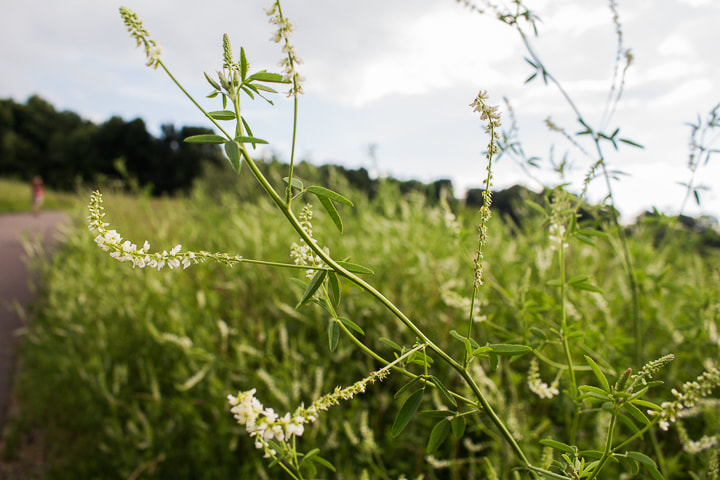
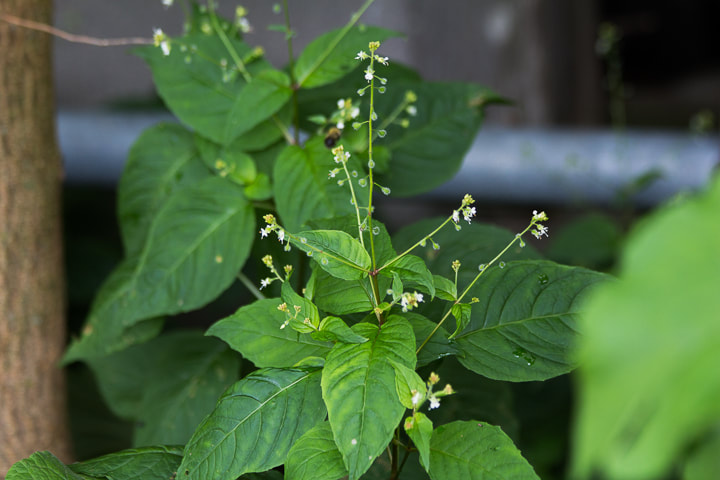
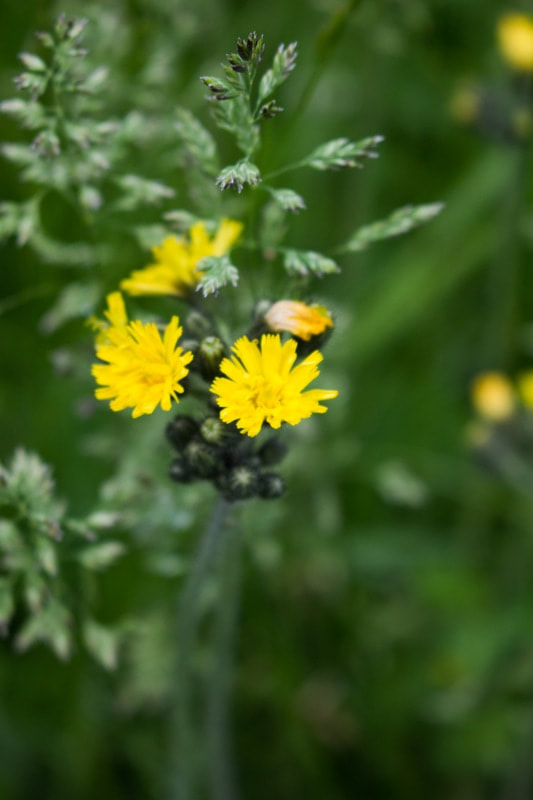
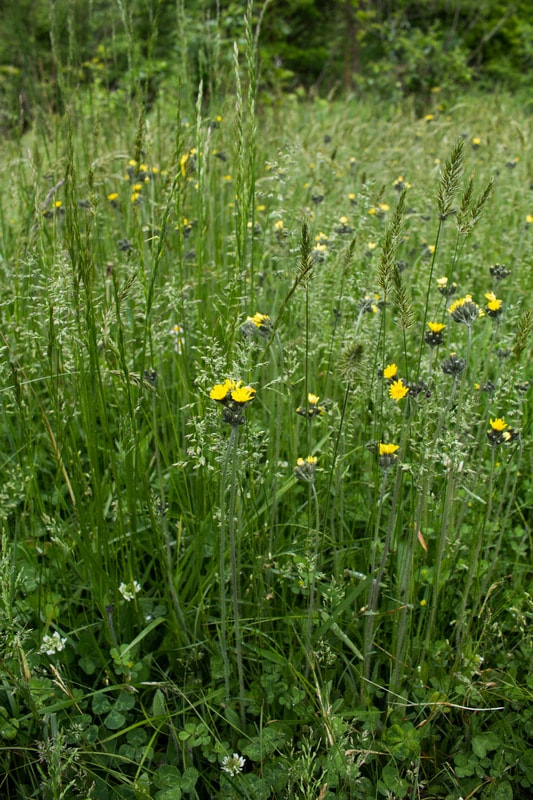
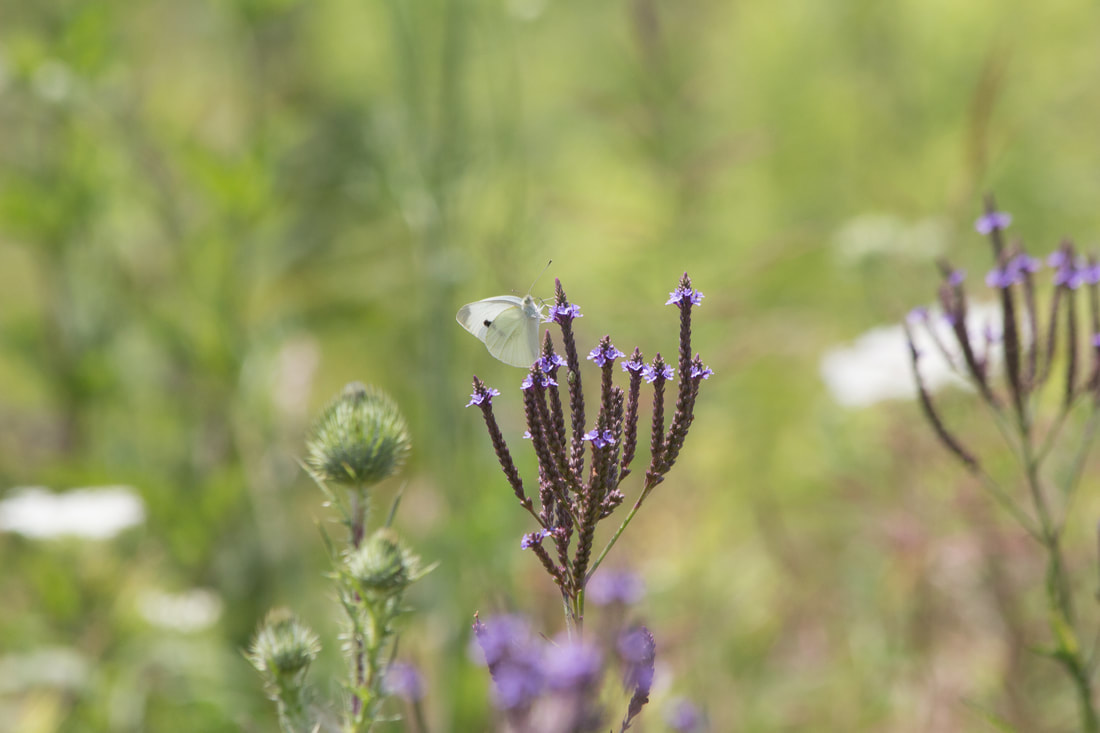
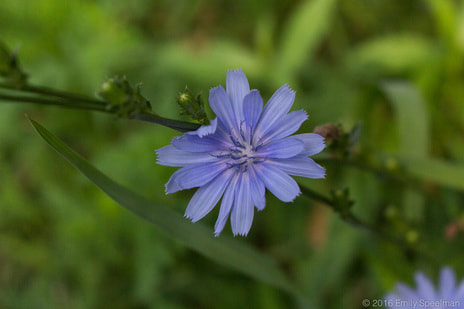
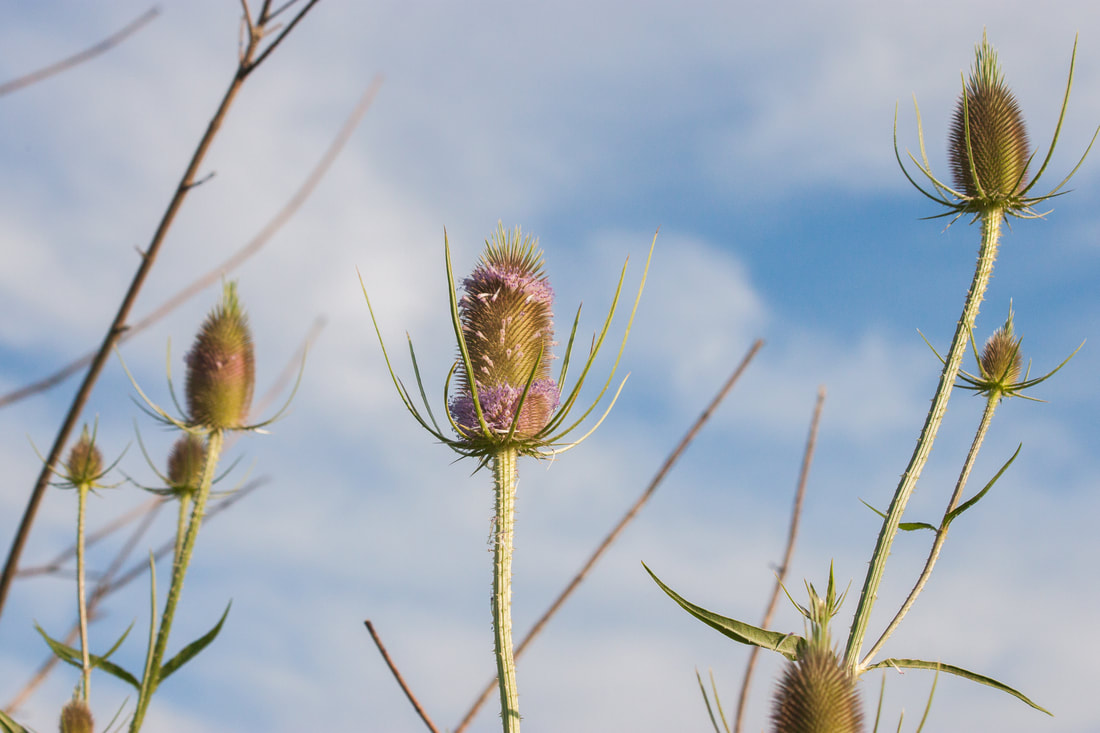
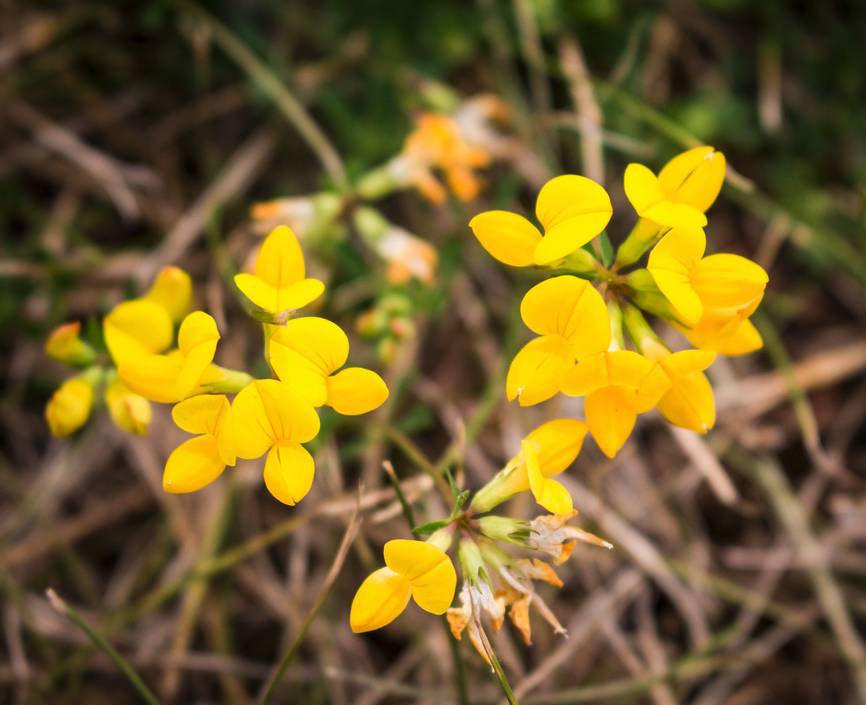
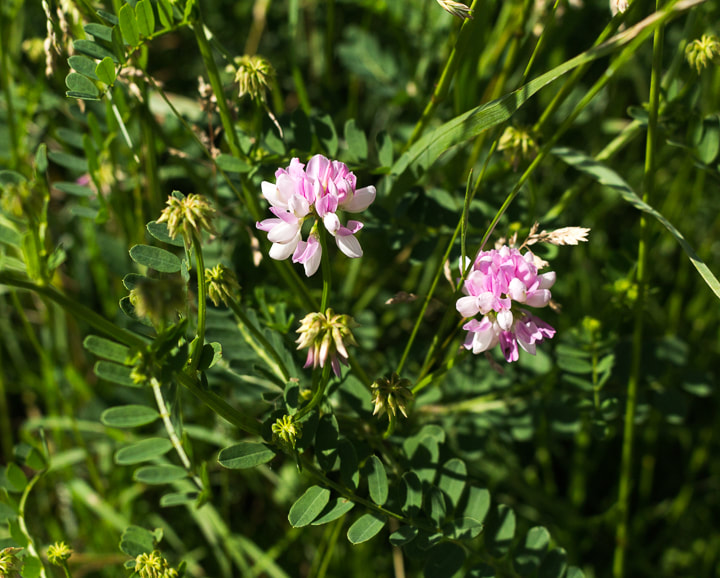
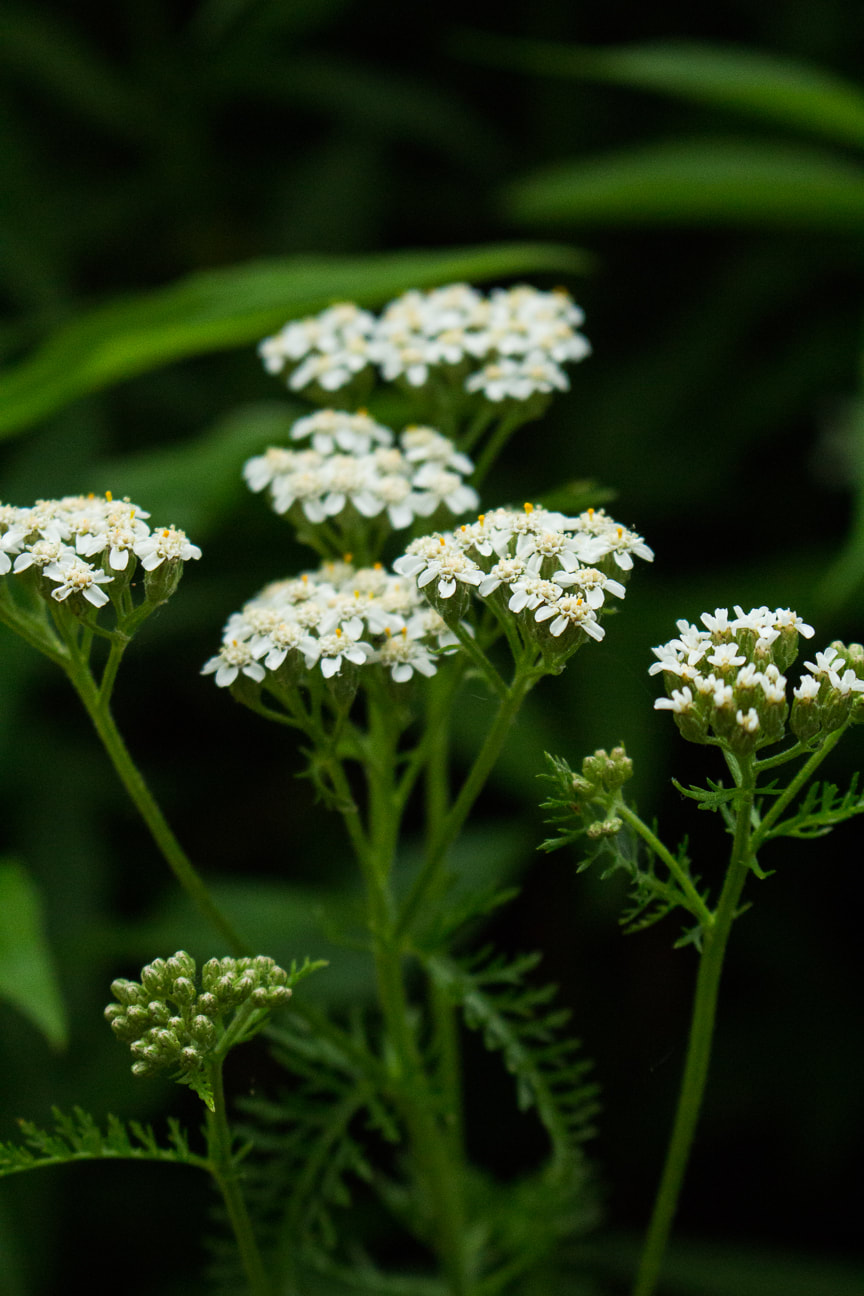
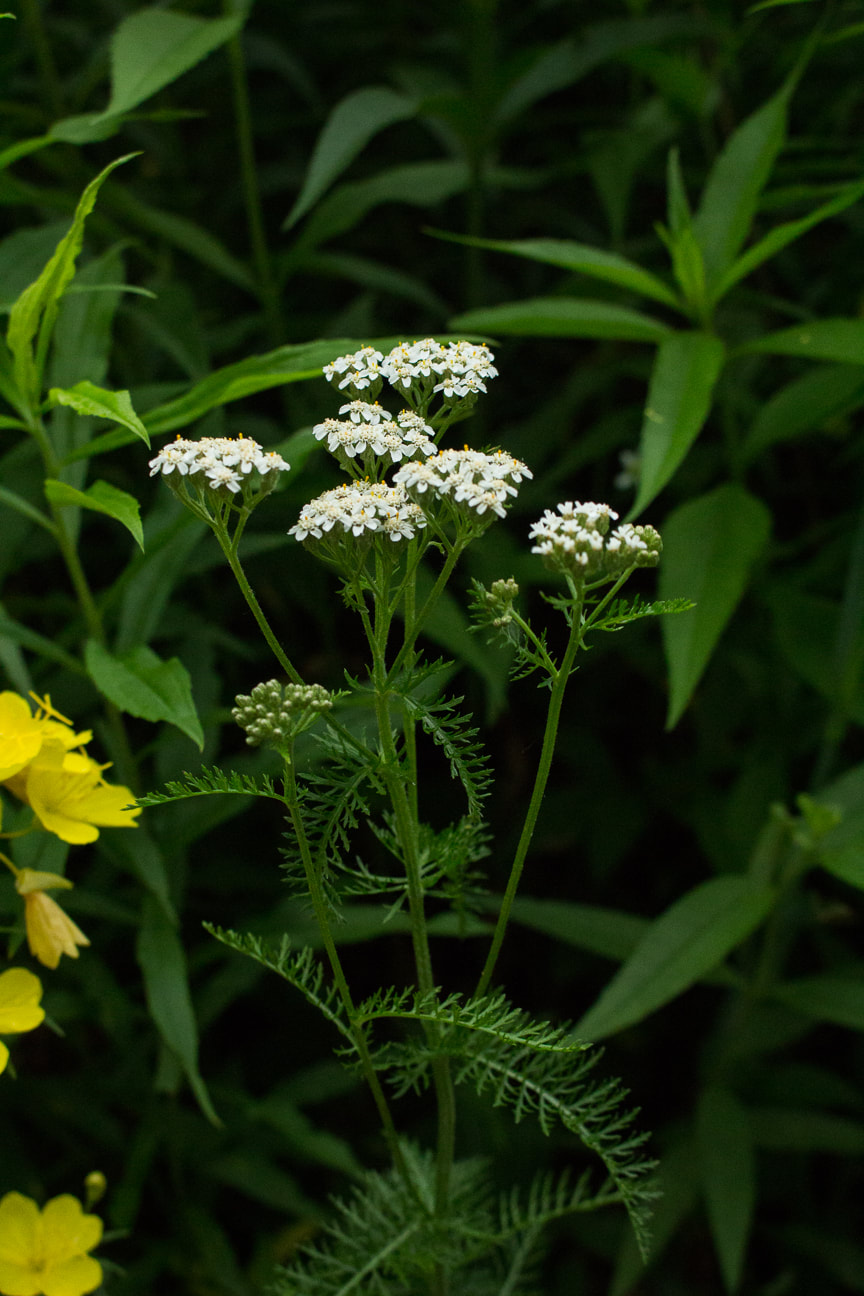
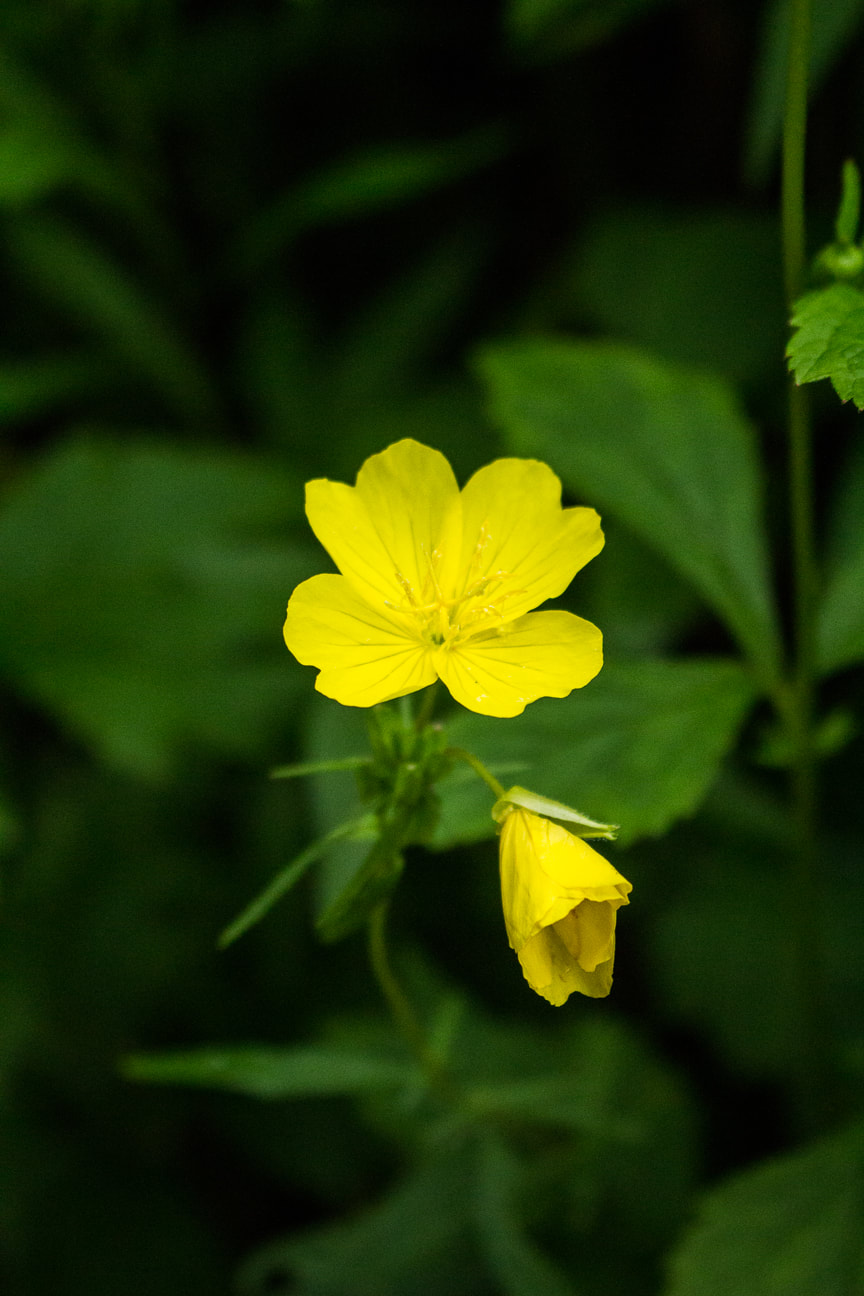
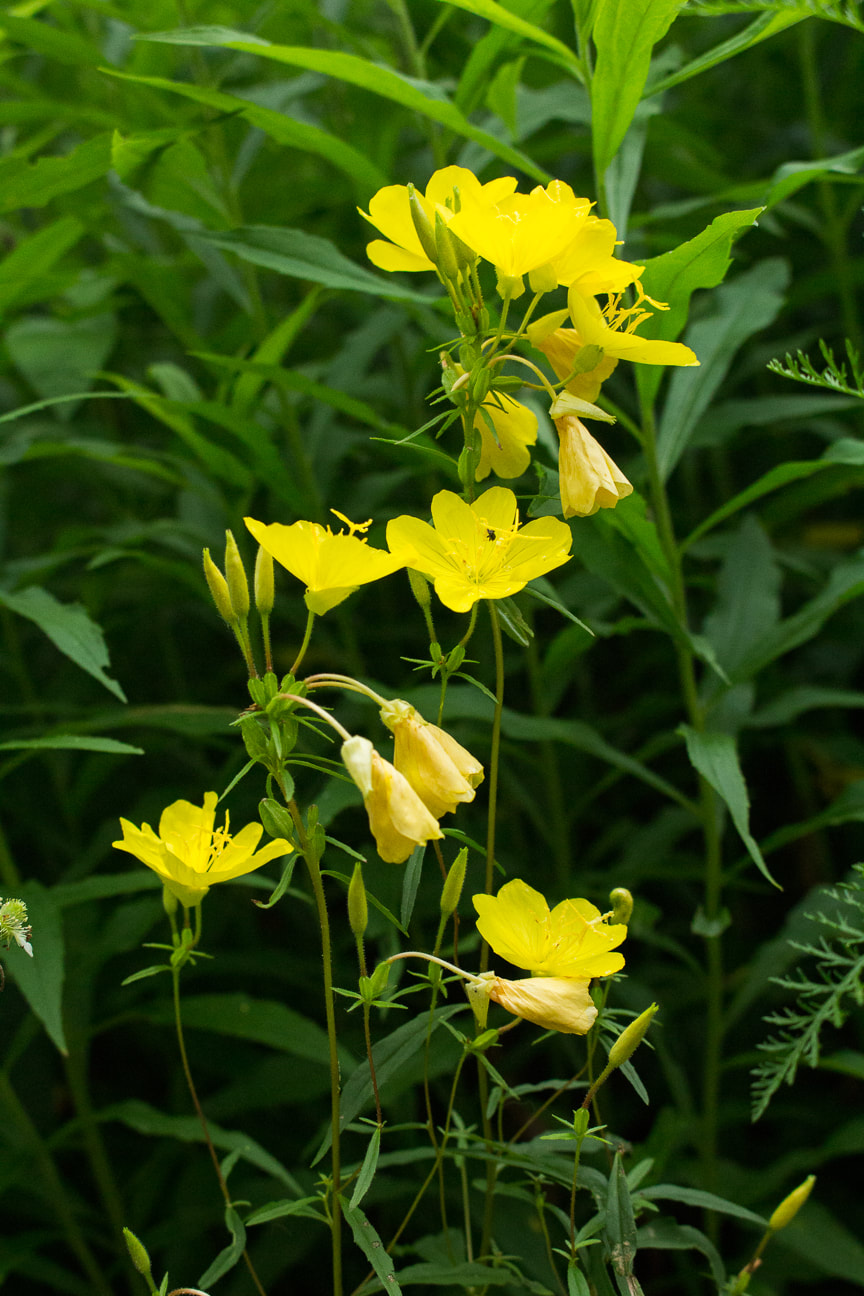
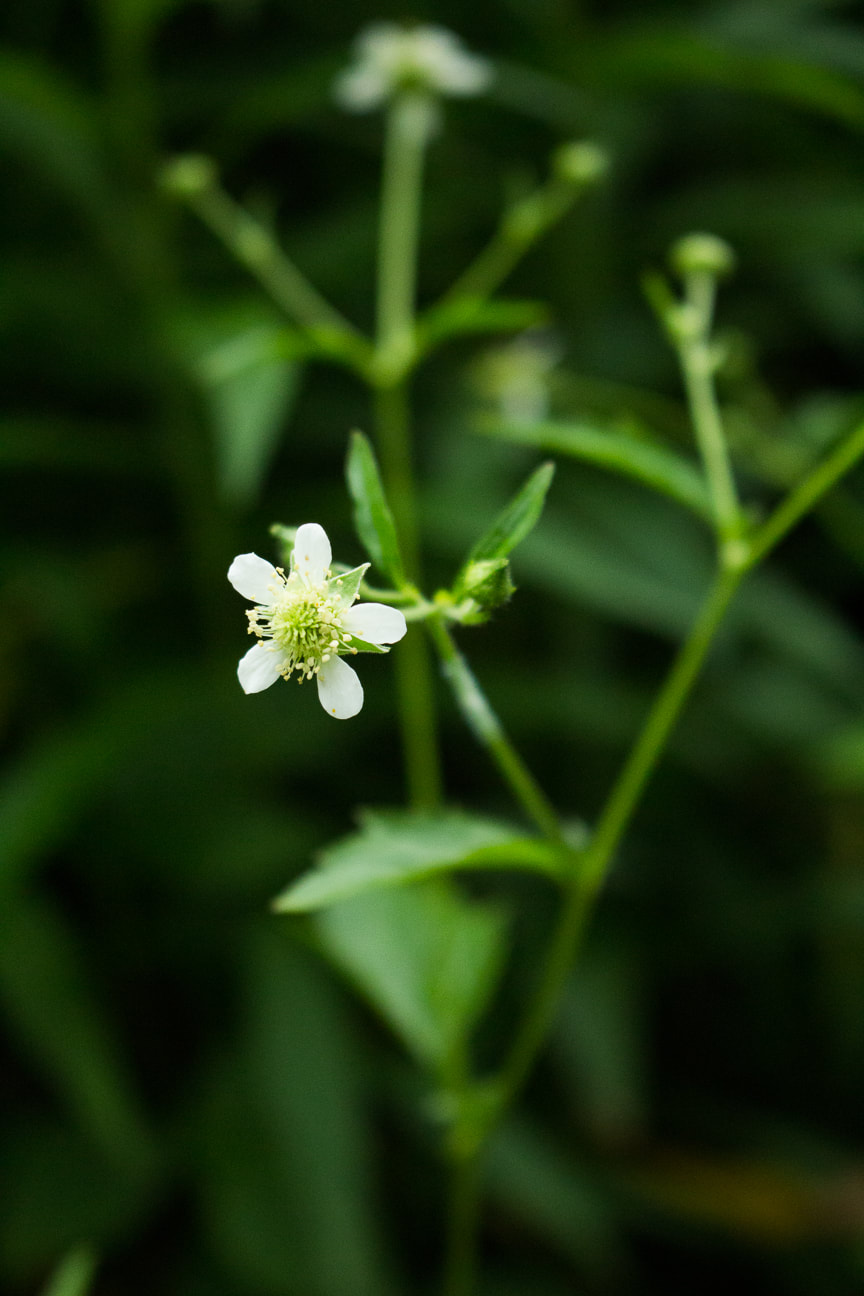
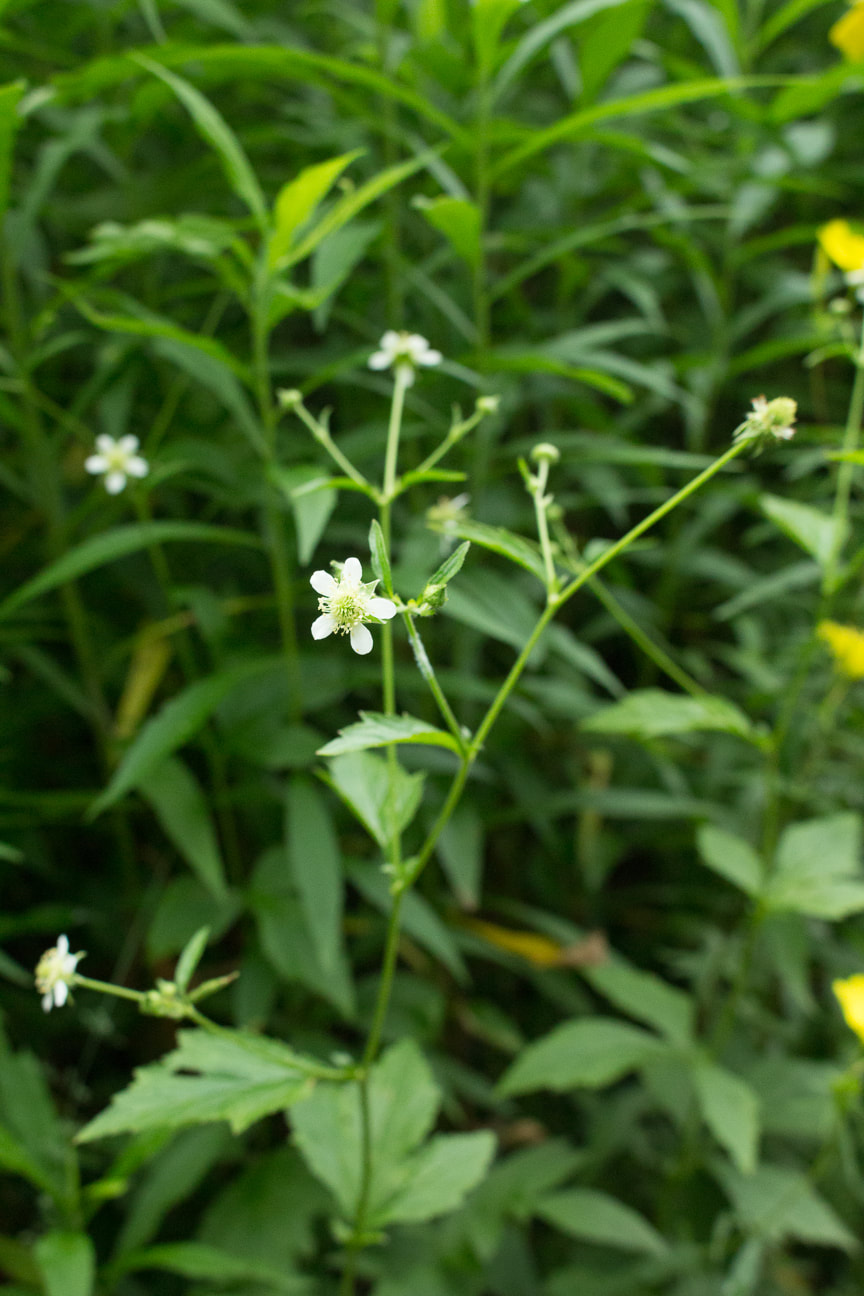
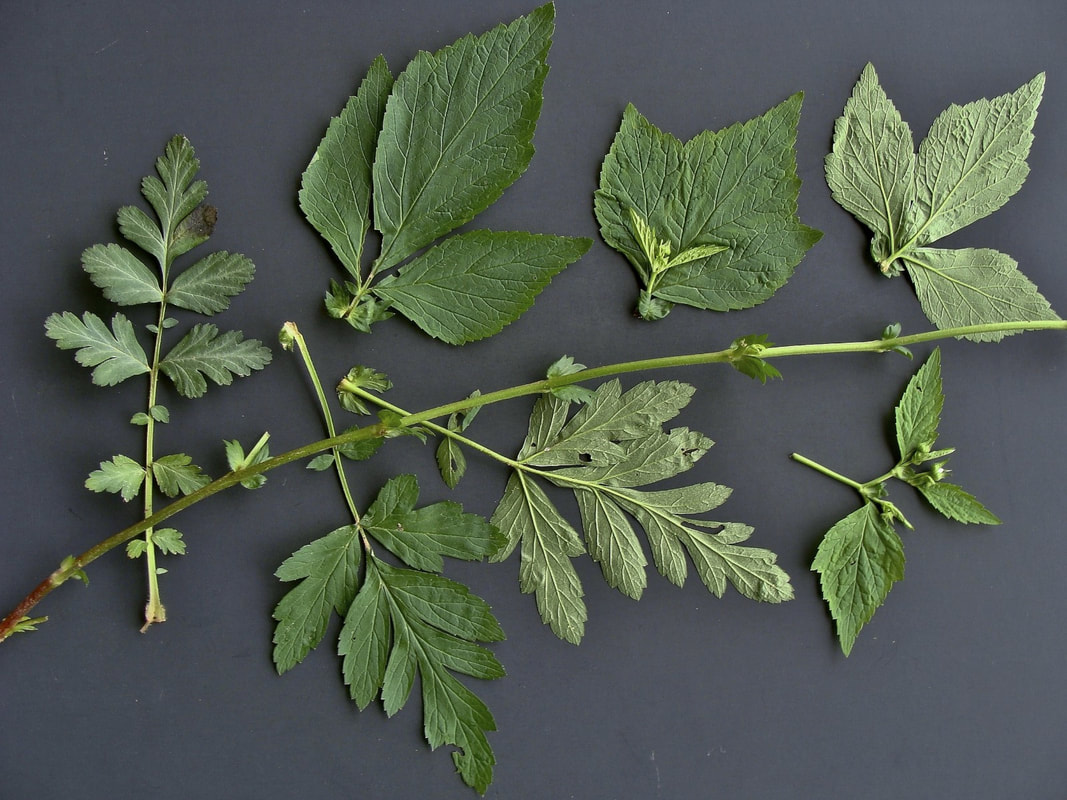
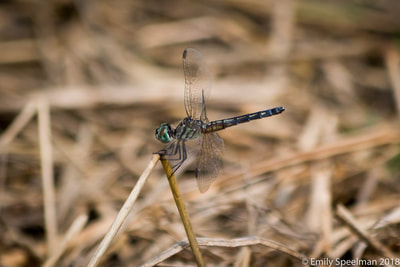
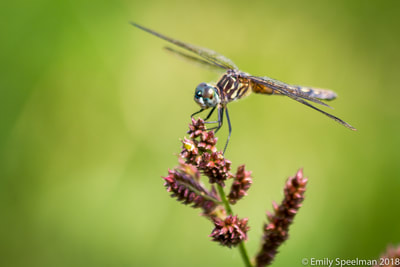
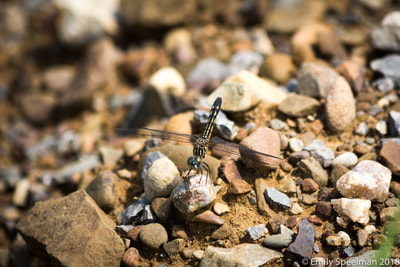
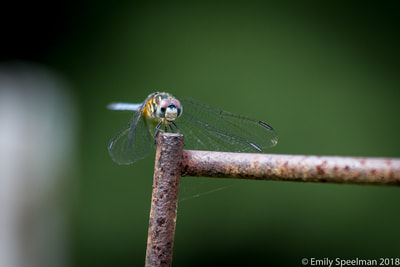
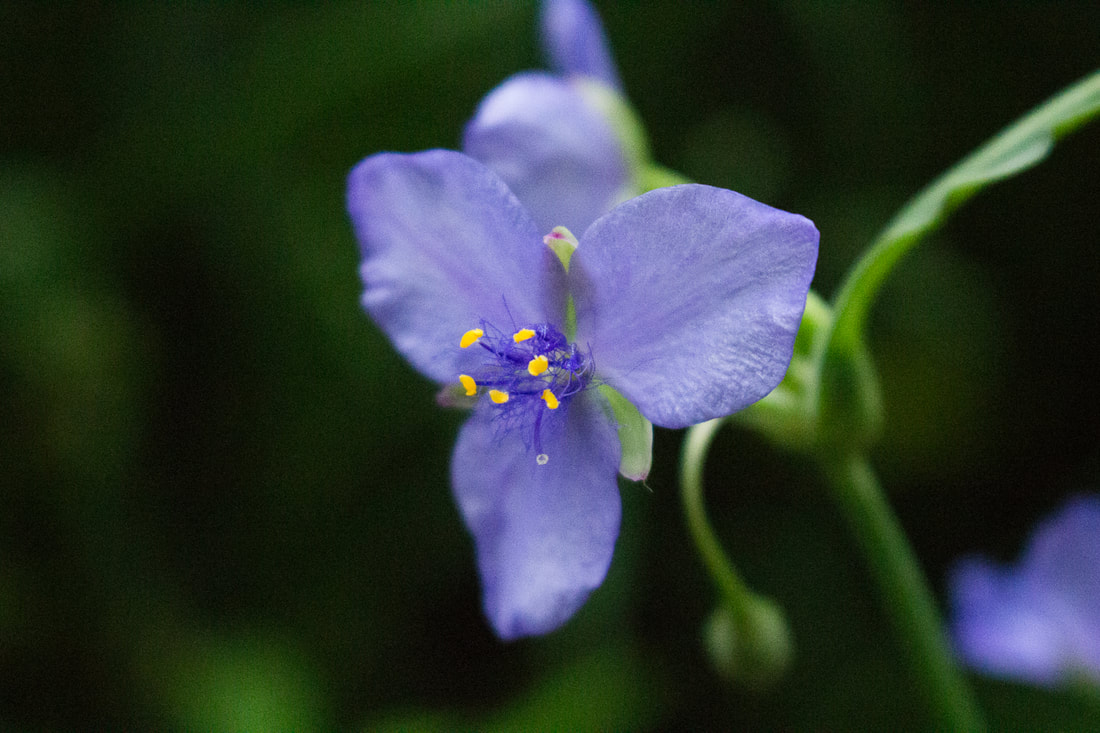
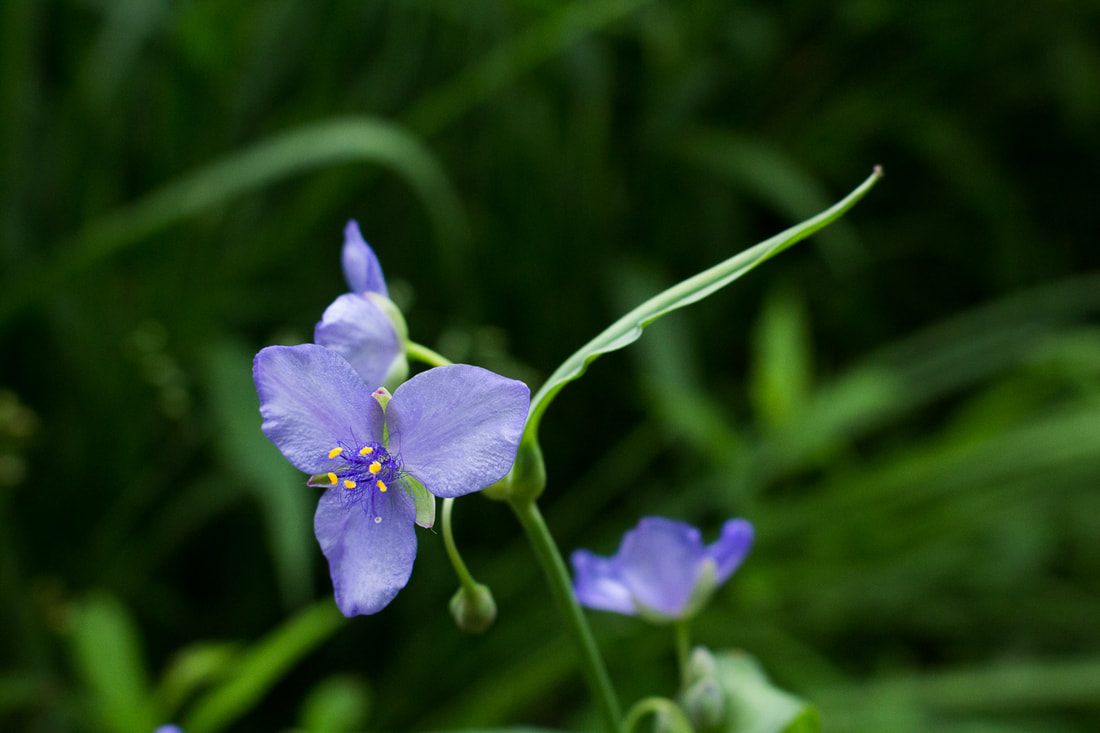
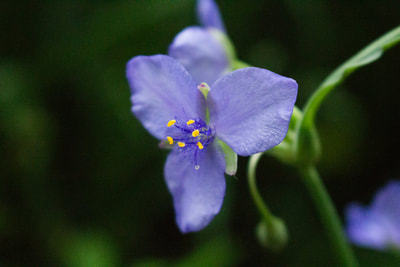
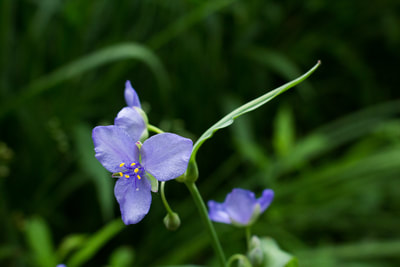
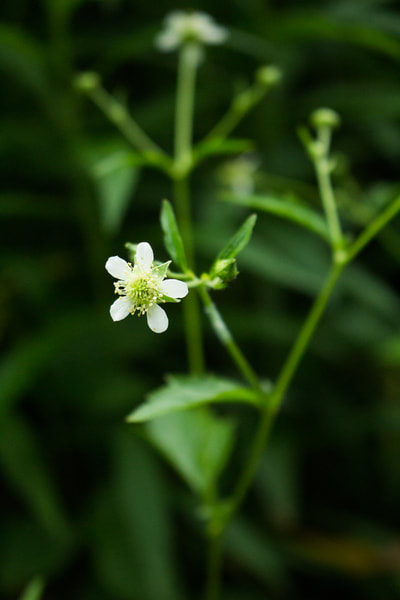
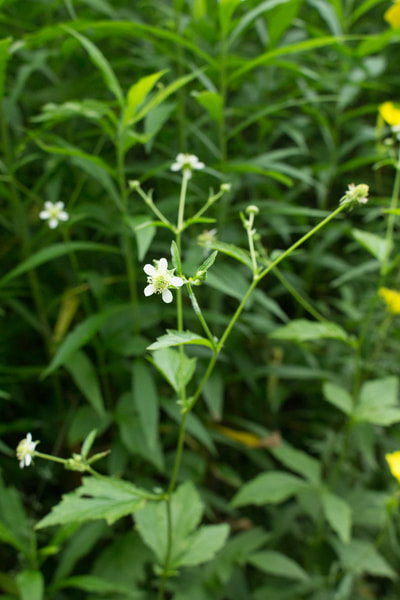
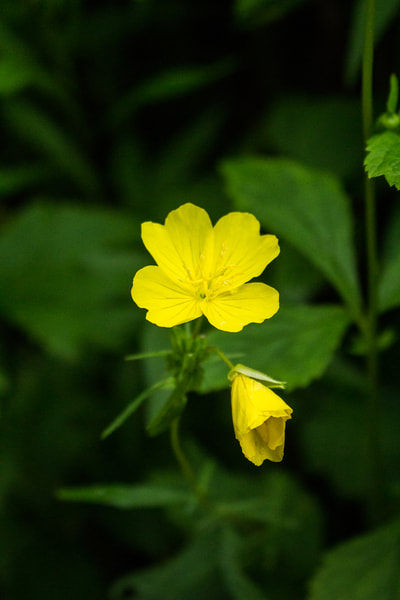
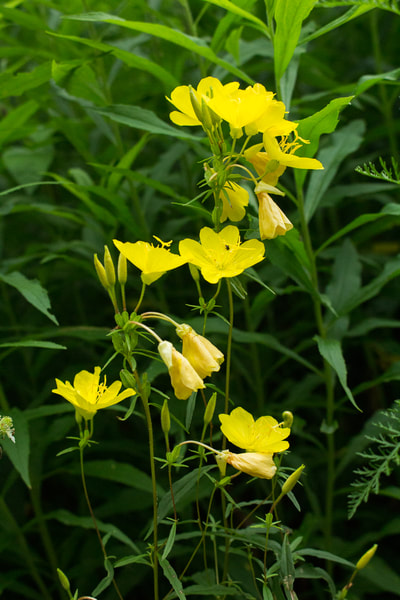
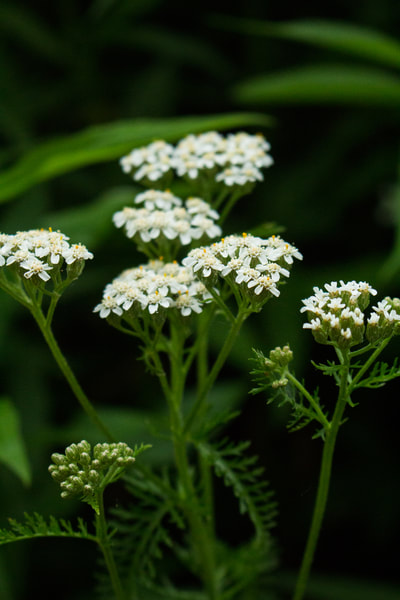
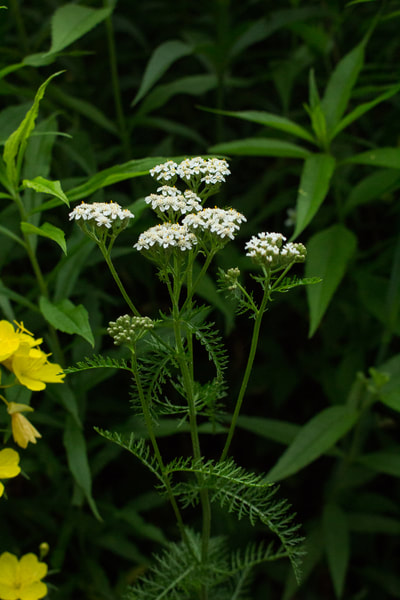
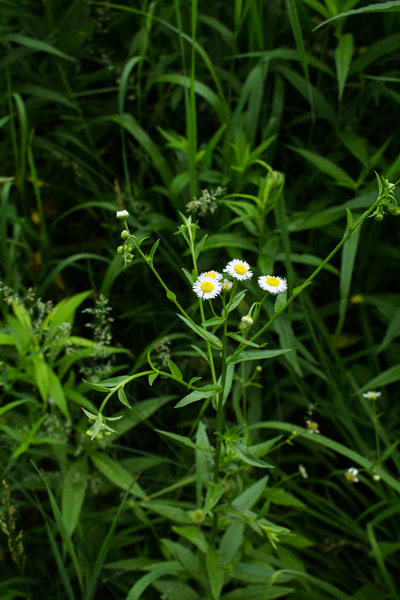
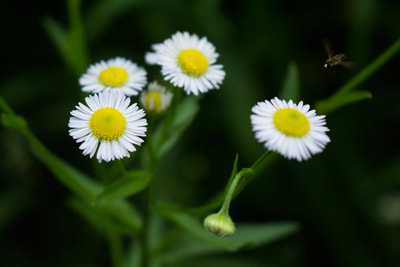
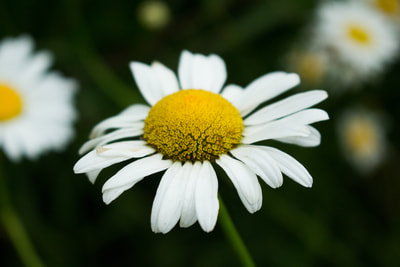
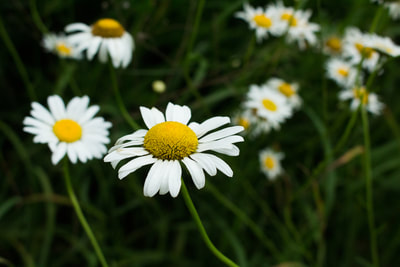
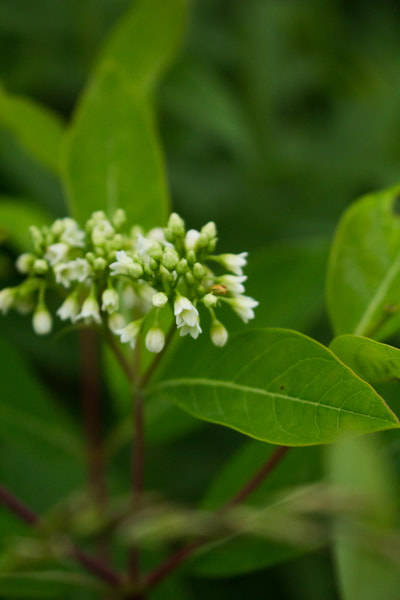
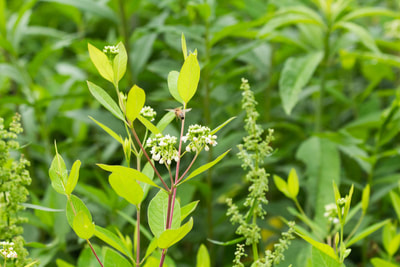
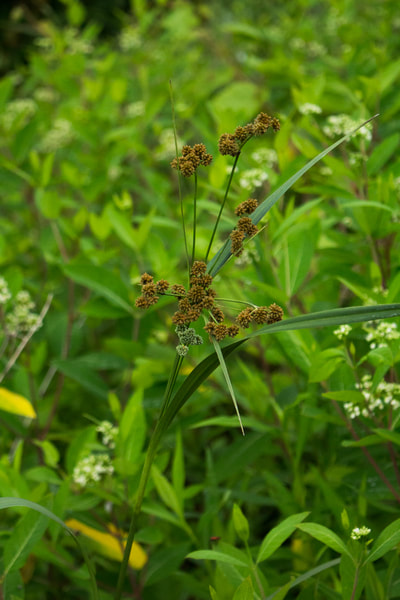
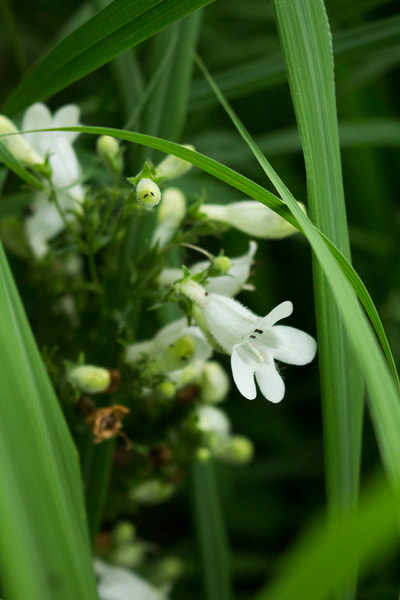
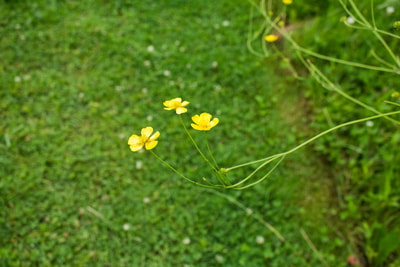
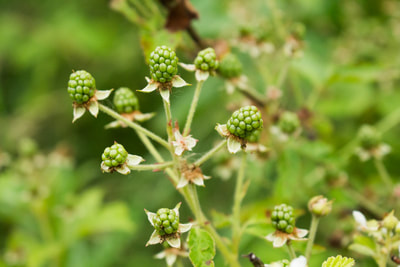
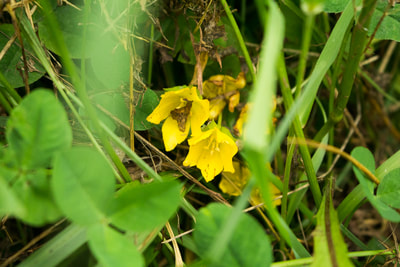

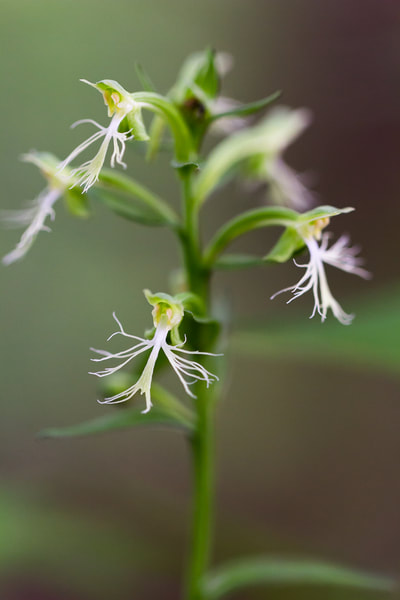
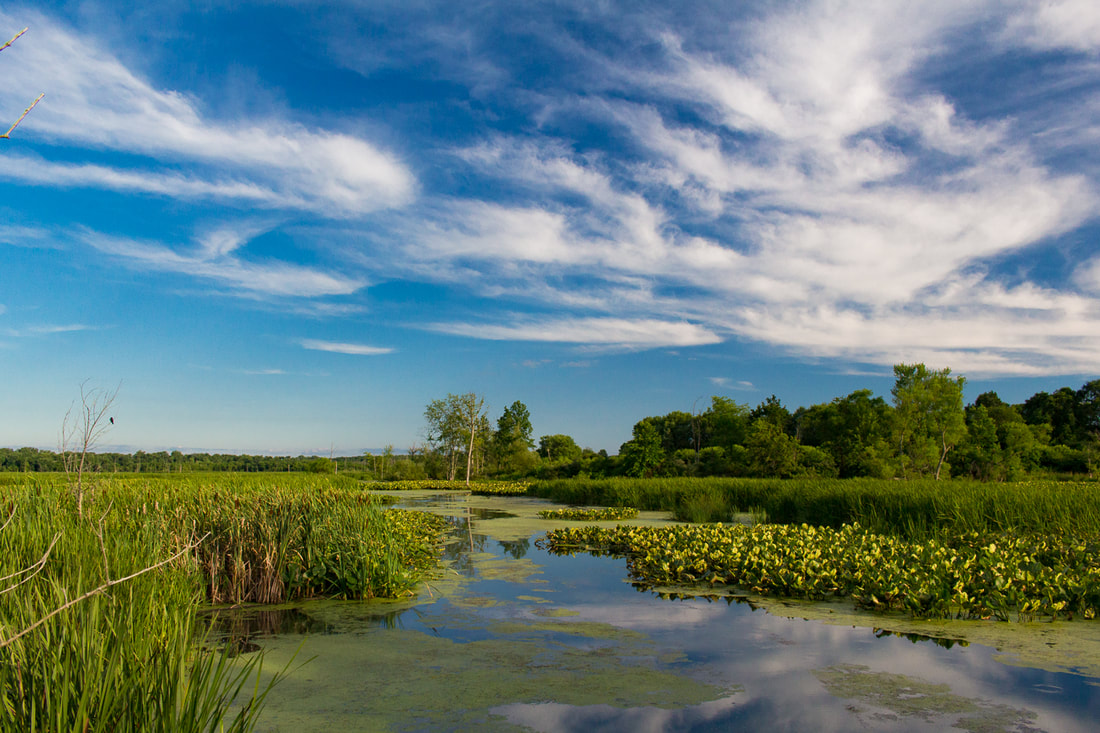
 RSS Feed
RSS Feed